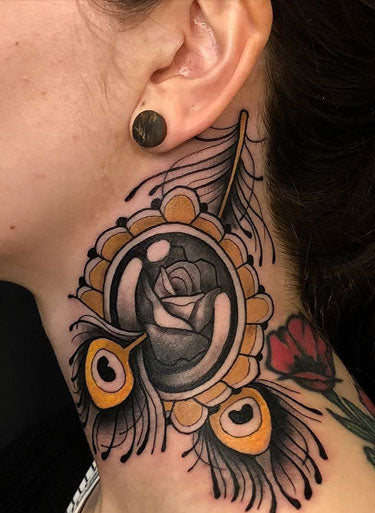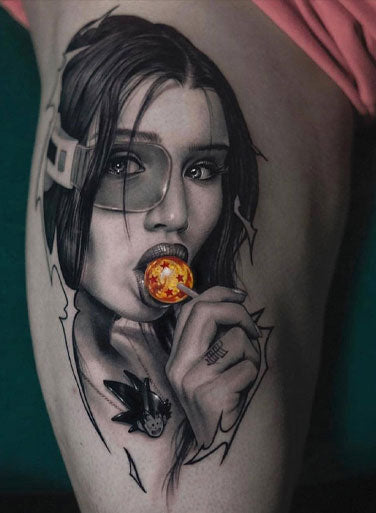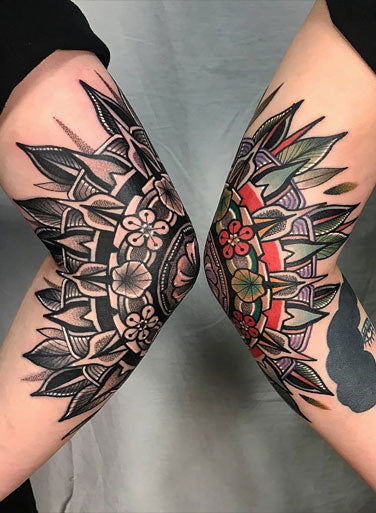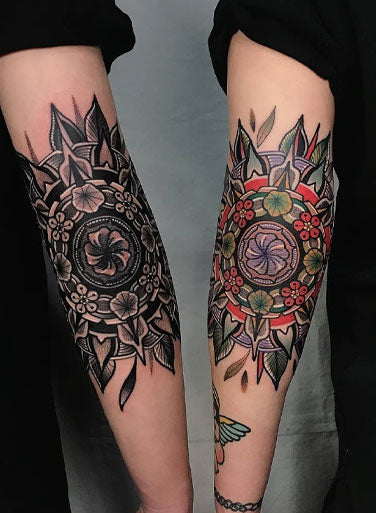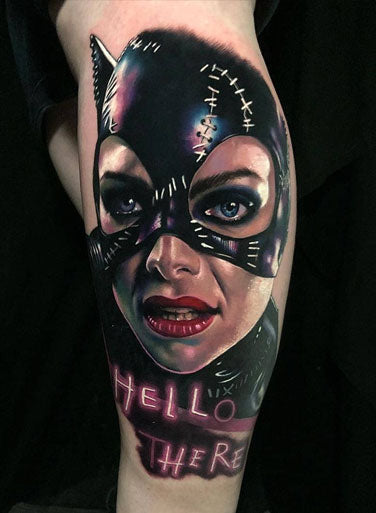Fine line tattoos require preeminent possession and dexterity, a permissive hand, and tools that do not sacrifice accuracy. The introduction of wireless tattoo machines in the contemporary tattoo shop has increasingly prompted the following question amongst many tattoo artists: Will wireless tattoo technologies be able to sustain the high standards of accuracy demanded by select line work that utilizes a single needle?
This blog would address the most frequent follow-ups on the questions of the same regarding wireless machines and their performance in the fine line tattooing domain.
What Makes Fine Line Tattooing Technically Demanding?
Fine line tattoos are usually done with single-needle (1RL) or closely spaced 3RL units to make as narrow and sharp as possible lines. Such designs are based upon:
· Stable voltage supply
· Exact needle depth
· Minimal vibration
· Minimal skin trauma Low skin trauma
Irregularities in machines that are minimal may lead to blurring or blowouts, or unequal healing, so definitely the choice of equipment is significant.
How Do Wireless Tattoo Machines Work?
Wireless tattoo machines are designed to work without the use of clip cords and power supplies, taking the place of a battery pack. The following usually combine with these devices:
· Digital controls of voltages
· Lightweight motors
· Unrestricted movement with the help of cordless operation
· Pen-like bodies that are ergonomic
They are to be used to make the movement of artists easier and cut down the clutter in the workspace, which is best suited to artists traveling or who value clean artist setups.
Can Wireless Machines Match the Precision of Wired Ones?
And yes, good wireless tattoo machines may have the same, or even better, precision than regular wired ones. Most of the luxury brands provide:
Accuracy of voltage in 0.1V changes
The ability to maintain an uninterrupted level of power as the batteries decrease in level. Supply of electricity at a constant level, even when the batteries are declining in level
Lengths of Stroke fit for Fine line work (2.5mm3.5mm)
Performance consistency has turned into the reason why such brands as Cheyenne SOL Nova Unlimited, FK Irons Flux, and Bishop Power Wand have become the favourites of the fine line specialists.
Does Wireless Operation Reduce Hand Fatigue in Fine Line Sessions?
Yes. In some cases where fine-line tattooing is used, more controlled movements are involved. The wireless machines are prone to:
· Light in weight
· Better distributed
· Wireless, lighter on the wrists
This aids in the prevention of hand fatigue when long sessions are involved and the ability to place a needle more precisely, in actual cases, than when using the fingers, such as detailing on fingers, collarbones, or around the ankles.
Are There Any Drawbacks to Wireless Machines for Fine Line Work?
There are manifold advantages, although there are a couple of considerations:
· Lengthy sessions can be an issue when it comes to battery drain. Artists need to have outlets or charging stations.
· Primarily, there is the high price of new premium wireless models in comparison with wired options.
· Line consistency may also be influenced by voltage sensitivity when the cheaper wireless machines are not monitored well.
Therefore, a good machine or a professional great line needs an investment in a reputed machine with excellent battery stability.







 CustomIronsTattooSupplies
CustomIronsTattooSupplies